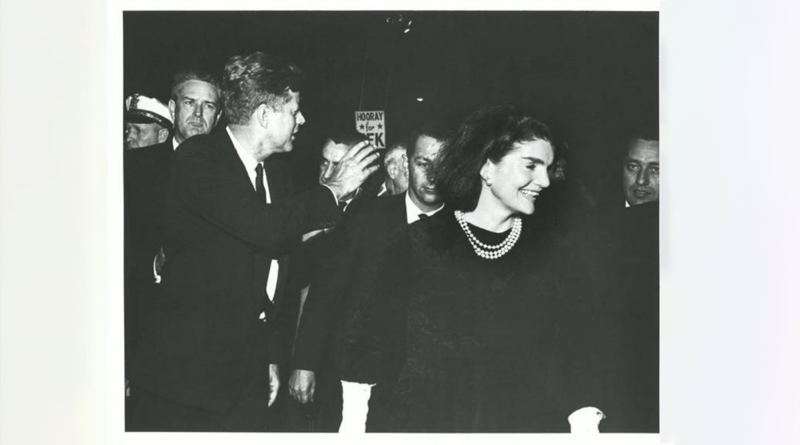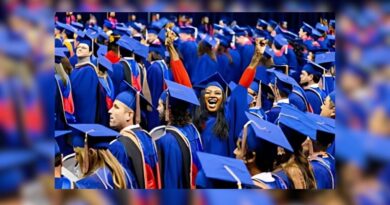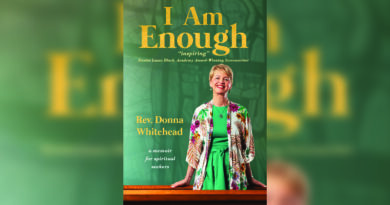Happenings on the Hill: Kennedy Assassination Docs, Photos
Sixty years ago, nearly 800 people from all over the world sent “Dear Dallas” letters or telegrams after President John F. Kennedy’s assassination.
The letters, expressing condolences or disgust with the city where it happened, can be found in SMU’s DeGolyer Library in the papers of then-Dallas Mayor Earl Cabell.
Spoiler alert: More of the letters expressed sympathy than hate.
The messages are among SMU’s many rarely-seen historical materials about the tragedy.
Library archives include copies of Methodist, Baptist, and Jewish sermons preached to overflowing congregations in the days following the assassination. While city leaders proclaimed Dallas’ innocence, local clerical leaders addressed their congregations, calling for self-examination and change.
Andy Hanson, a Dallas Times Herald photographer from 1960 to 1990, gave his 700-photo collection to DeGolyer Library.
Behind the Scenes: Covering the JFK Assassination, a new book by emeritus SMU communications professor Darwin Payne, came out in October. Payne sprinted from his Dallas Times Herald desk to Dealey Plaza when shots were fired and later interviewed eyewitness Abraham Zapruder, who captured the moment Kennedy was shot on film, and rode the elevator with detectives to the sniper’s nest in the School Book Depository Building.
Too shy for my test
A recent study from SMU psychologists Sarah Kucker and Liesl Melnick suggests shyness can influence a child’s performance in language assessments, depending on the level of social interaction required to complete the test.
Their research was published in the Journal of Speech, Language, and Hearing Research, and involved 122 children of varying temperaments, ages 17 to 42 months.
“When children are given assessments to evaluate their language abilities, clinicians and teachers should take into account the child’s shyness level, perhaps using tasks that are less burdensome for them, such as pointing tasks instead of verbal ones,” Kucker said.
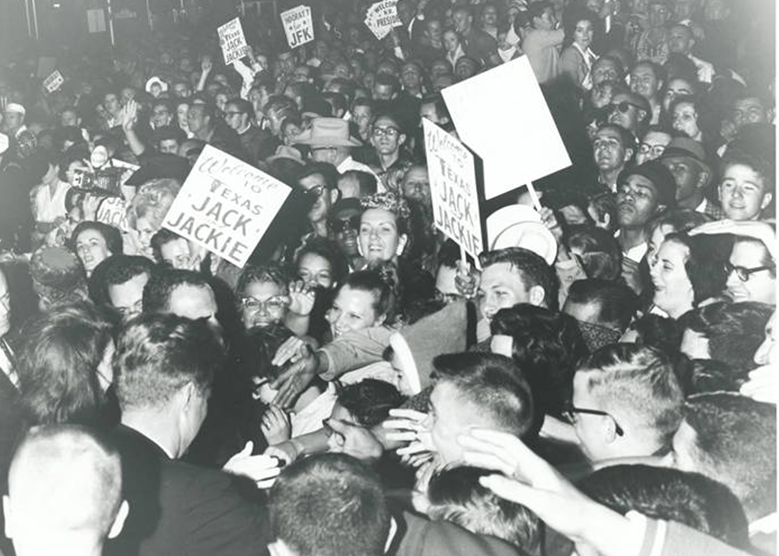
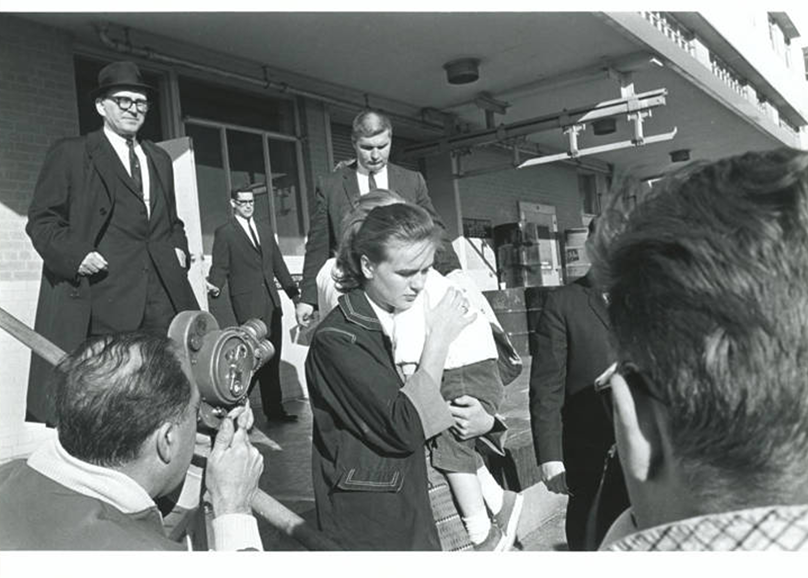
Fiji findings
A new study from SMU fire scientist Christopher Roos, SMU environmental archaeologist and professor of anthropology, published in the journal Nature Ecology & Evolution shows that climate is an undervalued part of the conditions that make Pacific Islands more susceptible to wildfires.
Roos traveled with his team to the Sigatoka River valley in southwestern Fiji in 2013, where they collected charcoal and stable carbon isotopes from deep soil cores to understand historical patterns of fire activity in the area.
“Droughts triggered by El Niño events appear to have played a role in intensifying the grass-fire cycle and contributing to deforestation in the past,” Roos said. “And looking forward, climate models indicate that the Pacific Islands could experience conditions similar to El Niño events more frequently due to ongoing climate change.”
Spanish art and culture
With a mission to expand significantly cultural research and educational programs, the Custard Institute for Spanish Art and Culture at the Meadows Museum, SMU, was dedicated on Oct. 4 with the two-day Context Matters: The Materiality of Objects in the Museum symposium.

